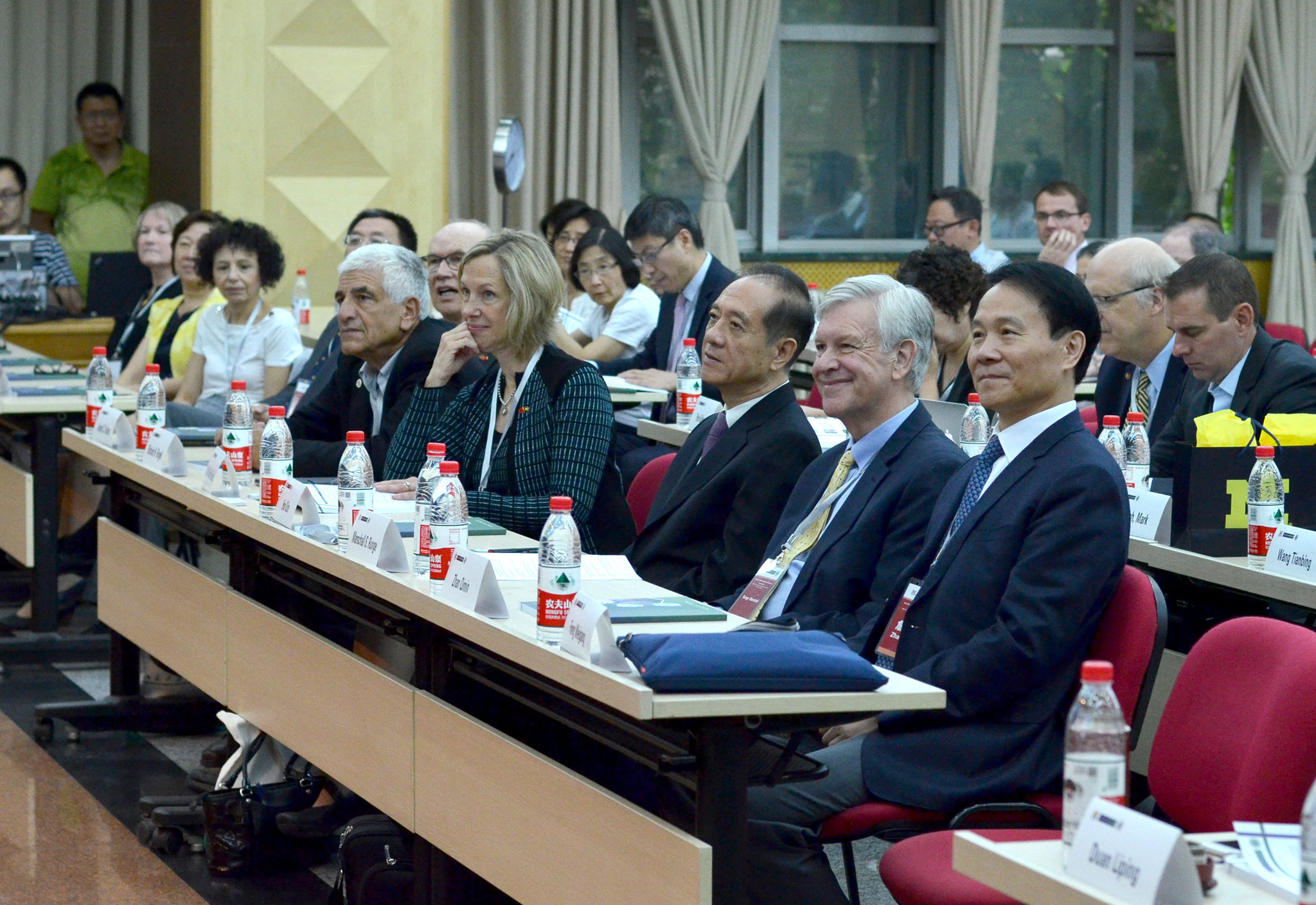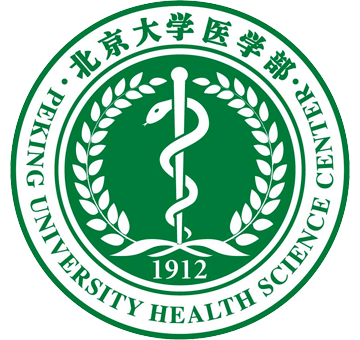December 13, 2017
JI marks 7 years with 2017 Symposium in Beijing
JI leaders from both Michigan Medicine and PKUHSC listen on the Symposium's first day in Beijing.
As the world gets smaller, Michigan Medicine’s place in it gets bigger. That is thanks to partnerships like the one which recently took nearly 80 faculty abroad to meet with research collaborators in China.
The annual symposium of the Joint Institute between the University of Michigan Health System and Peking University Health Science Center (PUHSC) took place last fall in Beijing. In addition to faculty collaborators across numerous departments, the three-day meeting was attended by Michigan Medicine leaders Marschall Runge, MD, Michigan Medicine CEO and Medical School Dean, and Carol Bradford, MD, Executive Vice Dean for Academic Affairs. This marked Drs. Runge’s and Bradford’s first visit to the PUHSC campus.
“This is clearly a very unique partnership. I’ve never seen this kind of international collaboration at any of the institutions where I’ve had the privilege of being on faculty,” Runge said. “Attending this meeting, it’s easy to recognize the value. There’s a potential to improve health when our very best scientists work together.”
This year marked the seventh annual JI Symposium, an auspicious anniversary in Chinese culture, said PUHSC President Qimin Zhan, in part because the word for seven in the Mandarin language is similar to the word for arise.
“Seven is a good number in China because seven is always up,” he said. “For sure, we would say the last seven years have been very successful and we look forward to another seven years.”
Established in 2010, the Joint Institute (JI) has generated 40 individual research projects in numerous divisions and departments, from well-established programs like cardiology and nephrology, to new projects in substance abuse, emergency medicine, sports medicine and other areas.
Each project is led by partner collaborators – or teams of collaborators – from both institutions, and each is driven by a search for discoveries that could improve health in China and the United States. To date, JI research teams have published more than 30 peer reviewed manuscripts with an average index factor of 8.5 and attracted nearly $7 million extramural funding. JI leaders this year officially added two new focus areas for future projects: precision health and cancer research.
This year’s Symposium delegation was the largest-ever Michigan Medicine group to visit PUHSC. That followed last year’s event, which saw a record 70 PUHSC delegates visit Ann Arbor. As the number of faculty, divisions and projects involved in the JI climbs, the focus on equal partnerships and mutual benefit remains constant.
“Our goal has always been to bring scientists together for the kind of inquiry and discovery that no one side can do alone – discoveries that can transform the health in China and United States,” Kolars said.



